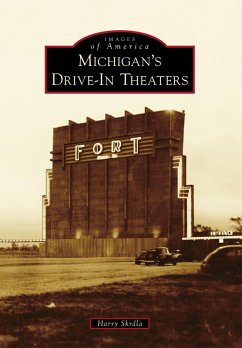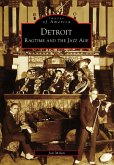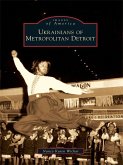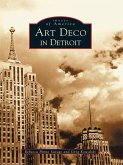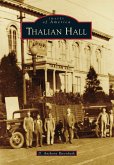Few American phenomena are more evocative of time, place, and culture than the drive-in theater. From its origins in the Great Depression, through its peak in the 1950s and 1960s and ultimately its slow demise in the 1980s, the drive-in holds a unique place in the country,s collective past. Michigan,s drive-ins were a reflection of this time and place, ranging from tiny rural 200-car ,ozoners, to sprawling 2,500-car behemoths that were masterpieces of showmanship, boasting not only movies and food, but playgrounds, pony rides, merry-go-rounds, and even roving window washers.
Dieser Download kann aus rechtlichen Gründen nur mit Rechnungsadresse in A, B, BG, CY, CZ, D, DK, EW, E, FIN, F, GR, HR, H, IRL, I, LT, L, LR, M, NL, PL, P, R, S, SLO, SK ausgeliefert werden.
Hinweis: Dieser Artikel kann nur an eine deutsche Lieferadresse ausgeliefert werden.

